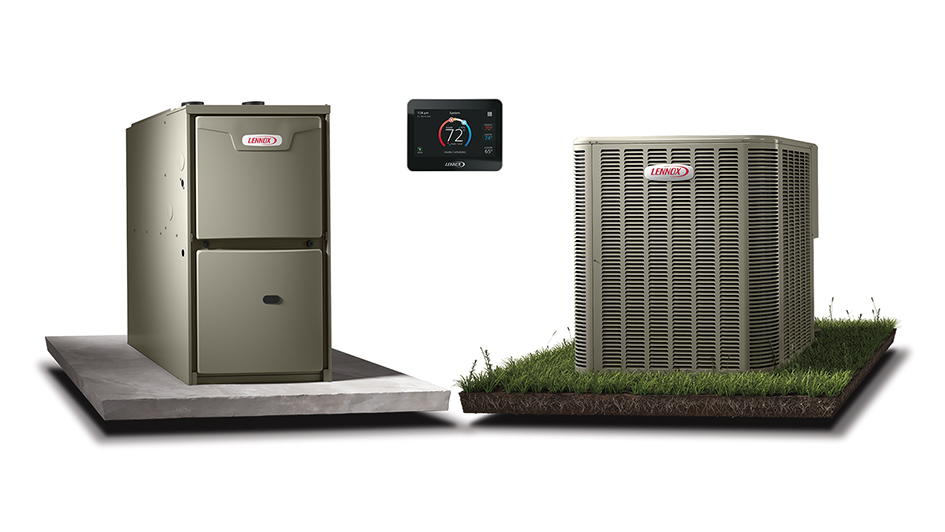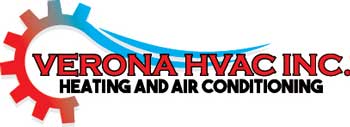
The thought of running both a furnace and heat pump may sound a bit unusual at first. After all, why should you need two sources of heat? While furnaces and heat pumps both provide energy-efficient heat, the variations in their design actually make installing both of them a reasonable option. It’s not for all of us, but under the right conditions you can truly benefit from using a furnace and a heat pump.
You’ll want to weigh several factors in order to determine if this type of setup works for you. Your local climate and the square footage of your home are both highly important, particularly for the heat pump. This is because numerous models of heat pumps start to function less effectively in cooler weather and bigger homes. That being said, you can still reap the benefits of heat pump installation in Santa Clarita.
Heat Pumps Might Be Less Reliable in Winter Weather
Heat pumps are commonly less efficient in cold weather as a result of how they create climate control to start with. Compared to furnaces, which burn fuel to create heat, a heat pump reverses its flow of refrigerant to extract heat from outdoor air. This heat is then brought inside and circulated throughout your home. Provided there is still a little heat energy in the air, a heat pump can function. But the lower the temperature, the less effective this process is.
The less heat energy is available outside, the longer it takes a heat pump to draw heat indoors to generate your preferred temperature. It can depend on the specific make and model, but heat pumps generally start to lose out on efficiency at temperatures of 40 degrees and colder. They can still be an energy-efficient option until 20-25 degrees, after which a gas furnace will be more effective.
What Temperatures Do Heat Pumps Perform Best In?
Heat pumps function best in moderate climates 40 degrees and up. That being said, you don’t have to lose out on the benefits of a heat pump just because the local climate is colder. After all, that’s why owning both a furnace and heat pump might be worth the expense. You can favor the heat pump for energy-efficient heat until the weather is chilly enough to call for shifting to something like a gas furnace.
Certain makes and models tout greater efficiency in cold weather. For example, the Lennox MLA heat pump is capable of working at 100% capacity at 0°F. It can even remain efficient in temperatures as low as -22°F. For optimal energy efficiency, you’ll likely still want to use the furnace in particularly cold weather.
So Should I Put in a Heat Pump if I Use a Gas Furnace?
If you’re thinking about maintaining the most energy-efficient HVAC system achievable, having a heat pump and gas furnace at the same time is worth the investment. Not only is a dual-heating system versatile, but it offers other perks including:
- A source of backup heating – A redundant heating system means even if one stops working, you still have the ability to heat your home. It won’t always be the most energy efficient, but it’s better than shivering in an unheated home while you sit around for repairs.
- Lower energy costs – The ability to select which heating system you use based on the highest energy efficiency reduces your total costs. Smaller heating bills over the lifetime of these heating systems can really add up to plenty of savings.
- Less strain on both systems – Instead of running one system all winter long, heating responsibilities are divided between the furnace and heat pump. Crucial parts could last longer since they’re not under constant use.
If you’re still hesitant about heat pump installation in Santa Clarita, don’t hesitate to contact your local certified technicians. They can evaluate your home’s comfort needs and help you figure out if a dual-heating HVAC system is the better option.
